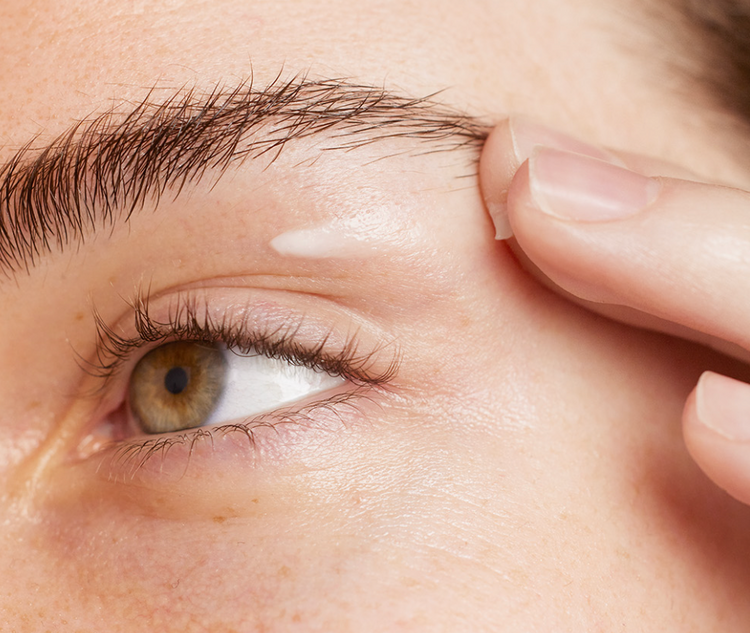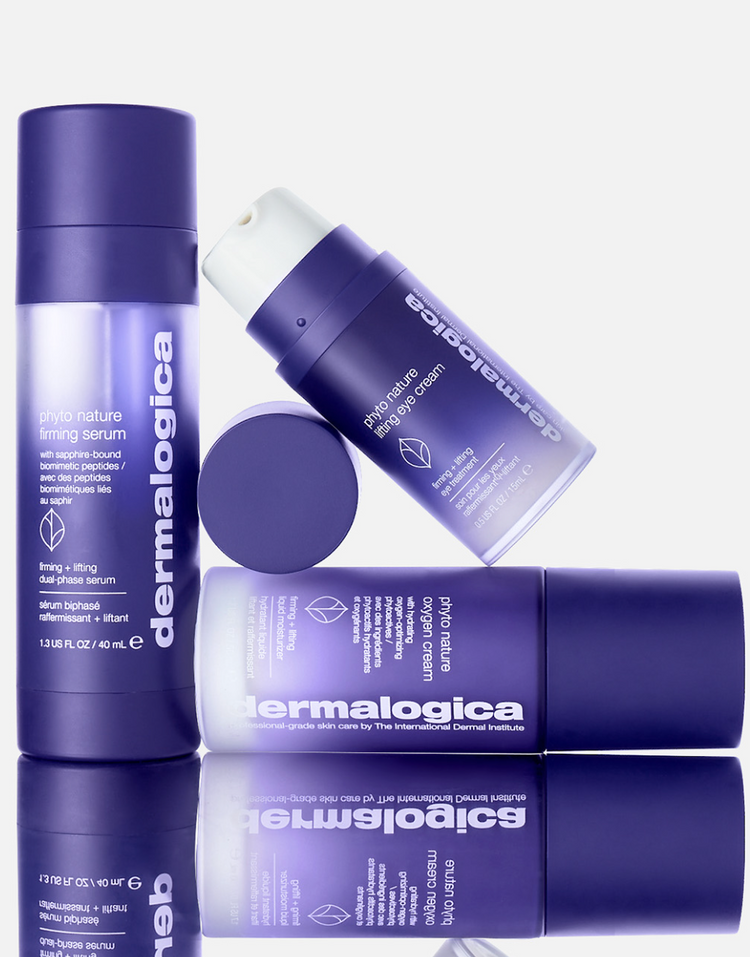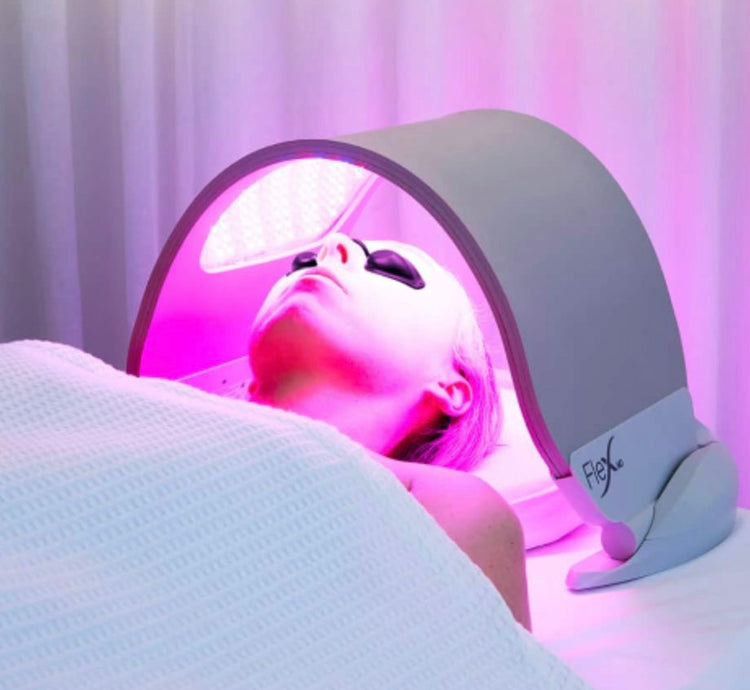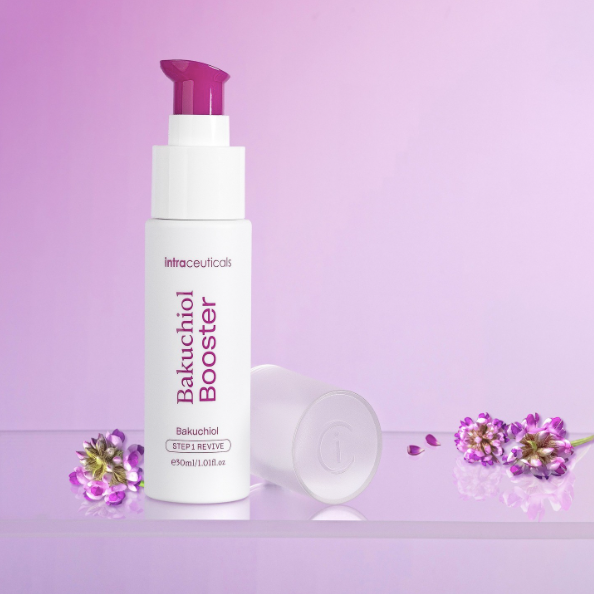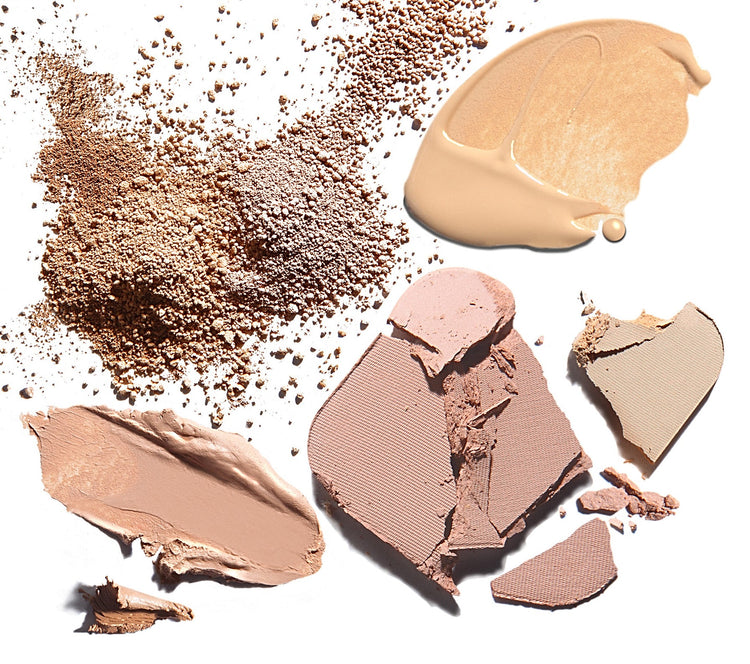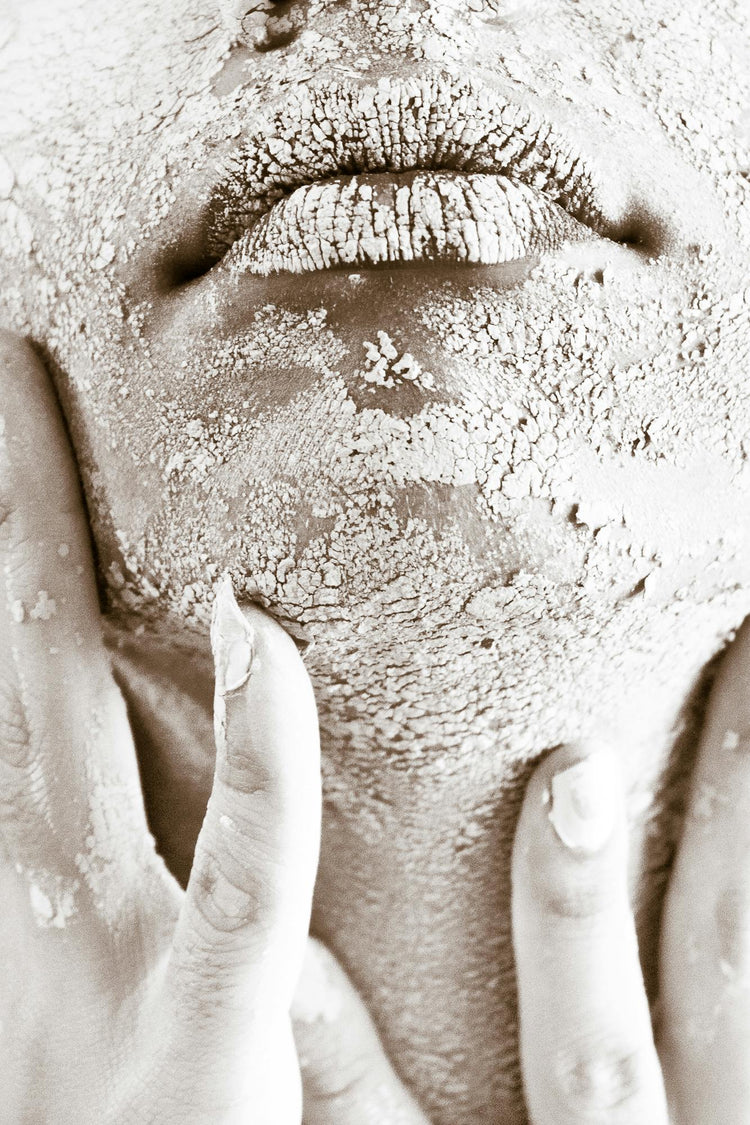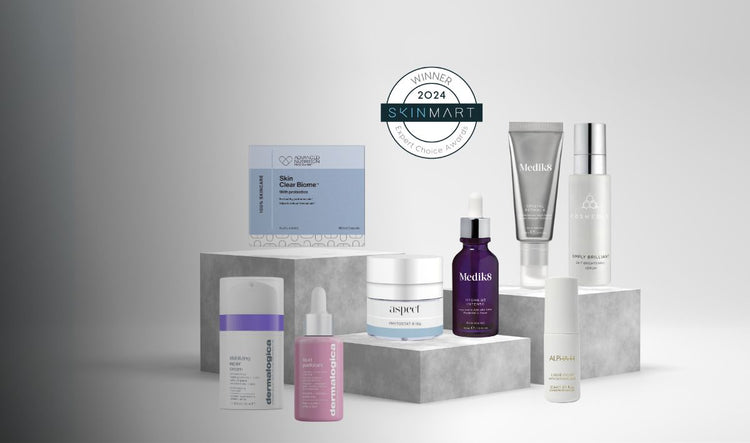Pigmentation is a common skin concern and most of us at some stage have suffered from one of the different types of pigmentation.
To understand the type of pigmentation you are suffering from is important to spot the potential triggers or contributing factors behind your skin concern. You will also know how to properly treat and prevent the condition once you understand it better.
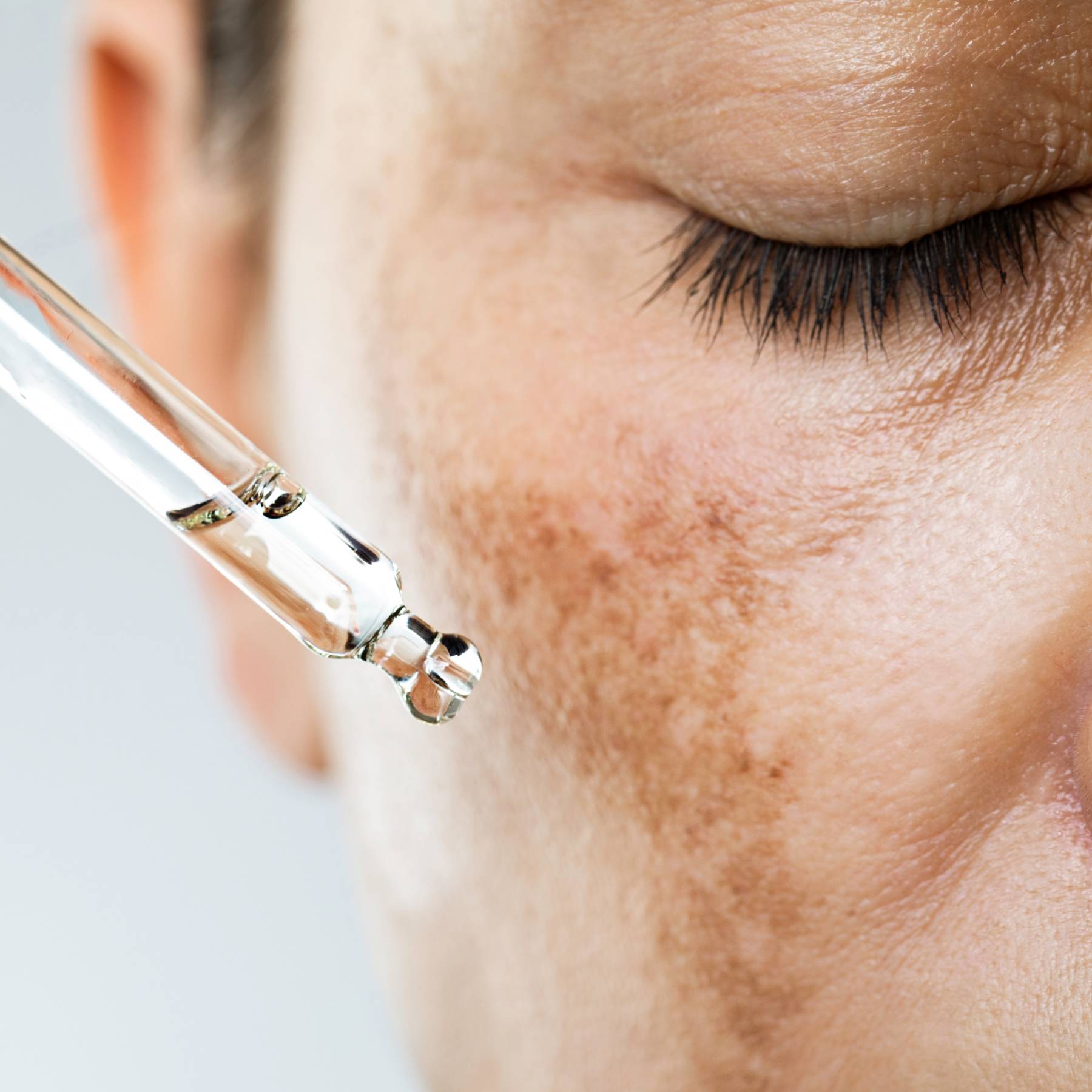
Also read: The 5 Best Dark Spot Correctors
The 5 different types of pigmentation that you may be experiencing:
1. UV-Driven Pigmentation: Freckles/Uneven Skin Tone
Hyperpigmentation is caused by the increased production of melanin and commonly develops in parts of your body frequently exposed to sunlight, like your hands and face.
Even though nobody is born with freckles or uneven skin tone, your genetics do play a large role in determining how prone you are to developing them.
When it comes to the concern of hyperpigmentation on our skin, what happens inside our skin is:
In the effort to protect us from the damage from UV rays, our skin releases an enzyme called Tyrosinase. This enzyme allows our melanocytes (our melanin cells) to release melanosomes (pigmented melanin). These melanosomes act to absorb UV rays to protect our nucleus (DNA) from sun damage. The colour of our skin will determine how much tyrosinase is released (the darker your skin tone, the more melanin is released, but also the higher your tolerance is to the sun).
The more sun damage your skin receives, the more melanin will be released to protect our skin cells. This damage to our DNA within the melanocyte can lead to pigmentation which is the freckling pigmentation called Ephelides or uneven skin tone. It is basically the leaking of pigment.
The potential triggers of uneven skin tone:
- Overexposure to the sun
- Sunbaking
- Not wearing SPF every day or not reapplying frequently enough
- Not wearing a hat or sunglasses
2. Hormonally Driven Pigmentation - Melasma
Melasma is hormonal-driven pigmentation. Although it can also be UV-driven, it is primarily hormonal.
30% of women have a genetic predisposition to produce excess melanin-stimulating hormone whilst pregnant or on hormonal contraception or hormone replacement therapy (HRT).
You will notice this type of pigmentation is quite different from UV-driven pigmentation. The pigmentation is symmetrical, tends to all be a similar colour, and the borders aren't as defined.
Unfortunately, it is much more than a hormonal imbalance that can cause this type of pigment. It is our pituitary gland that stimulates melanin release. Which means anything that can stimulate or disturb our pituitary gland function can lead to excess production of the melanin-stimulating hormone which triggers excess pigmentation within the skin.
This is why sunglasses are essential to wear during the summer months to prevent any hormonal triggers as the UV-Rays are absorbed through our retinas.
The potential triggers of Melasma:
- Medication - hormonal contraceptives, HRT
- Hormonal imbalances
- Anti Diuretic hormone and diuretic substances - alcohol, caffeine, certain medications
- Thyroid issues - especially hyperthyroidism
- Inflammation in the body, autoimmune conditions, food allergies
- Pregnancy
- Lifesytle and diet
- Not wearing sunglasses, hat or SPF when in the sun
3. Post Inflammatory Hyperpigmentation - PHIP Scarring
Post-inflammatory hyperpigmentation is the result of an overproduction of melanin or an abnormal melanin deposition in the epidermis or dermis following inflammation, trauma or an injury.
This is what happens inside our skin: Inflammation, trauma or injury in the epidermis stimulates our melanocytes to increase melanin synthesis and then transfer the pigment to surrounding keratinocytes. This is a protective mode for the skin.
PHIP is commonly seen in darker Fitzpatrick types and the colour is brown due to the melanin pigment.
The potential triggers of post-inflammatory pigmentation:
- Injury to the skin
- Trauma to the skin
- Extreme skin treatments or heat-related treatments
- Harsh skin care products
- Inflammation from acne, or cysts
- Not wearing SPF
4. Solar Lentigo
The dark spots on your skin are called Solar lentigo and are sometimes known as liver/age spots.
Solar lentigo is a harmless patch of darkened skin. It results from over-exposure to ultraviolet (UV) radiation (sun exposure) which causes local proliferation of melanocytes and accumulation of melanin within the skin cells (keratinocytes).
Solar lentigos or lentigines are very common, especially in people over the age of 40 years. They are also known as the name “age spots”.
They are a flat, well-circumscribed patch of melanin. Solar lentigo can be round, oval, or irregular in shape. The colour of the solar lentigo can vary from tan, dark brown, or even black, and size also varies.
The potential triggers of solar lentigo:
- Overexposure to the sun
- Sunbaking
- Not wearing SPF every day or not reapplying frequently enough
- Not wearing a hat or sunglasses
- Ageing
- Humidity
5. Post Inflammatory Erythema - PIE
Post-inflammatory erythema is characterised by pink, red or purple uneven patches on the skin where blood flow has been stopped during the inflammation stage left behind from acne breakouts.
Most common with inflamed acned and is usually occurs in lighter fitzpatrick types.
The potential triggers of post-inflammatory erythema (also called "acne marks"):
- Bacteria on the skin
- Excess sebum
- Harsh skincare products
- Picking at your skin
- Imbalance of hormones
- Overproduction of skin cells
Best Skincare Pack to Treat all Forms of Pigmentation:
Reduces pigmentation caused by excess melanin such as melasma and sun damage. The Mesoestetic Cosmelan Home Maintenance Pack is designed to continue your Cosmelan journey at home.
Can also be used after pigmentation laser treatments once skin is completely healed from the laser treatment.
Kit contains:
- Cosmelan 2 Maintenance Cream - Cream to reduce and/or eliminate melanic pigmentation spots.
- Melan Recovery - Restorative and soothing balm providing instant relief for sensitive and reddened skin
- Melan 130 Pigment Control - Very high sun protection
Not sure which type of pigmentation you have? Ask one of our Professional Skin Experts in a Complimentary Skin Consultation. Book here.
About The Author:
My name is Sari Pols,
I have been in the skincare industry for over 15 years. My passion lies in ‘Health’. Health for the skin and body. My philosophy is if we have good well-being on the inside, then it shows our vitality on the outside.
I have furthered my knowledge of Skin Anatomy, Skin Concerns, and Fitness. I am a true believer in how to make my clients feel their best both inside and out. My emphasis is on guiding my clients through their journey of skin concerns and conditions. I like to educate my clients and find the potential triggers for their concerns or condition so that together we can eliminate the root of the cause. I aim to give personalised consultations with treatment and correct prescribed skin products.
